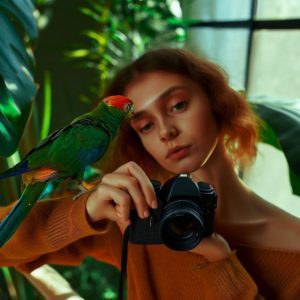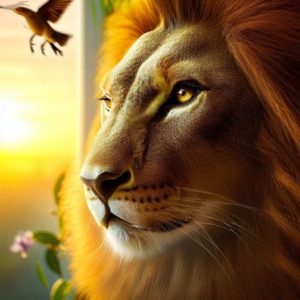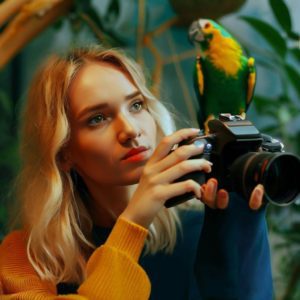The natural world is a vast tableau of life in all its glorious diversity, a vivid canvas showcasing nature’s infinite creativity. Each creature, each landscape, each moment holds a unique story waiting to be told. Wildlife photography is the art of narrating these stories, of capturing fleeting moments and transforming them into enduring symbols of nature’s beauty. But this art is not merely about taking pictures—it’s about observing, understanding, and appreciating the world around us. It’s about patience, resilience, respect, and an unquenchable curiosity about the natural world. This guide, crafted for both seasoned photographers and enthusiastic beginners, seeks to ignite your passion for wildlife photography and equip you with the knowledge and skills to embark on this exhilarating journey.
Section 5: The Photographer’s Toolbox – Essential Gear for Wildlife Photography
Venturing into the wild to capture breathtaking images of wildlife is an adventure that requires more than just a keen eye and a love for nature. It also necessitates a reliable set of equipment tailored to meet the unique challenges of wildlife photography. This section explores the essential gear you’ll need in your wildlife photographer’s toolbox, from cameras and lenses to supporting accessories, all aimed at enhancing your ability to capture the beauty of the natural world.
Choosing the Right Camera: DSLR or Mirrorless?
When it comes to wildlife photography, the camera is your most important tool. DSLRs and mirrorless cameras are the two main types used by professionals, each with its own strengths. DSLRs have a proven track record, offering excellent image quality, robust build, and a vast array of lenses. Mirrorless cameras, on the other hand, are lighter and more compact, with advanced features like silent shooting and real-time exposure preview.
Whether you choose a DSLR or mirrorless camera depends on your personal preferences and needs. Both types can produce stunning wildlife photos, so consider factors such as weight, battery life, and the availability of lenses when making your decision.
Investing in Lenses: A Matter of Range and Speed
The lens is arguably as important as the camera itself in wildlife photography. A telephoto lens is essential for capturing animals from a distance. These lenses allow you to get close-up shots without disturbing the wildlife, with popular choices ranging from 300mm to 600mm.
However, having a wide-angle lens in your bag can also be beneficial. Wide-angle lenses allow you to capture animals in their environment, providing a broader perspective of their habitat.
Consider also the speed of the lens, indicated by the maximum aperture. A fast lens (with a low f-number like f/2.8) allows more light in, which can be crucial for shooting in low light conditions or achieving faster shutter speeds.
Support Systems: Tripods and Gimbal Heads
Shooting with long telephoto lenses often requires support to stabilize your camera and prevent blurry images. A sturdy tripod is an invaluable tool in a wildlife photographer’s kit. Look for one that’s robust yet lightweight, easy to operate, and tall enough for your needs.
When using a tripod with heavy telephoto lenses, a gimbal head can be a game changer. It balances the weight of your lens and allows smooth, controlled movements, making it easier to track moving animals and react quickly to action.
The Little Extras: Memory Cards, Batteries, and Rain Covers
While cameras and lenses are the stars of your equipment, don’t underestimate the value of accessories. Extra memory cards are essential for long shooting sessions, and having spare batteries ensures you won’t miss a great shot due to a drained power source.
A rain cover for your camera and lens is also a good investment. It protects your gear in wet conditions, allowing you to continue shooting even when the weather turns against you.
Building Your Wildlife Photography Kit
The gear you choose can make a significant difference in your wildlife photography journey. However, remember that equipment is just a tool—it’s your skill, creativity, and passion that create compelling images. Start with the basics, learn to use them well, and gradually expand your kit as your skills and interests evolve. Above all, choose equipment that supports your goals and enhances your connection with the natural world. That’s the true essence of a wildlife photographer’s toolbox.





